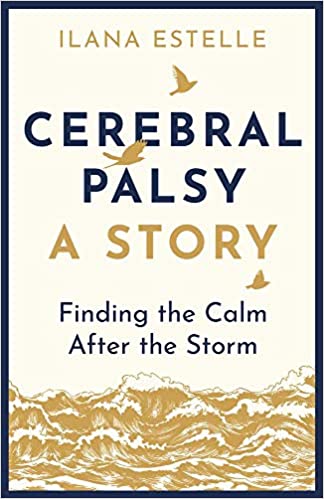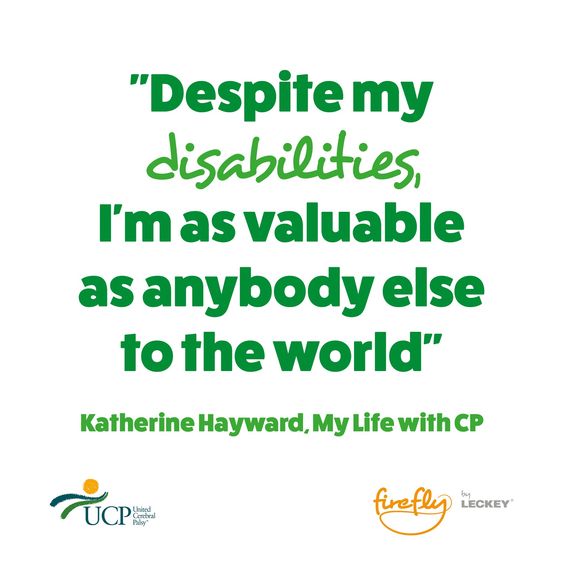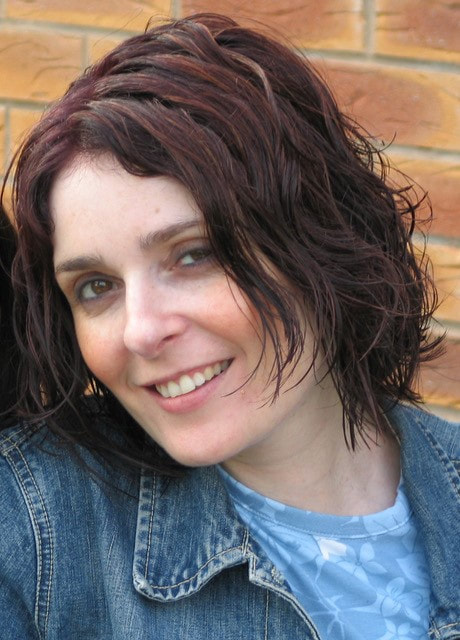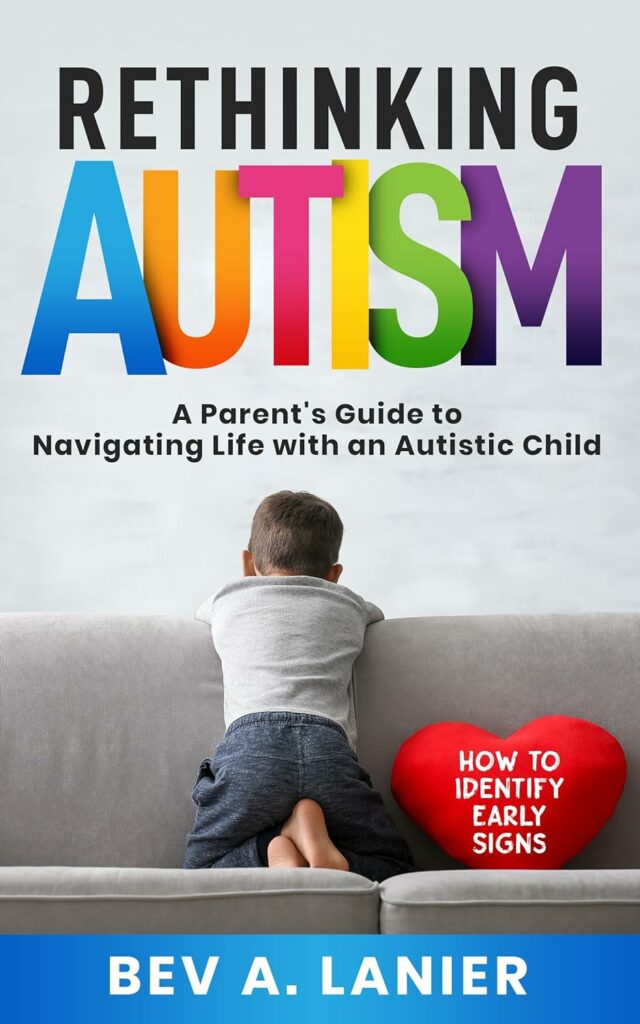
Discover powerful communication strategies to become your child’s strongest ally and advocate. If you’re losing sleep over your child’s behavior or feeling frustrated with the lack of support, this guide is your go-to resource.
As a parent of a child with autism, understanding their unique communication style is crucial. This guide takes you on a transformative journey, starting with observing your child’s cues and delving into their world. Drawing on your own childhood experiences, you’ll realize your innate ability to be their window to the world.
Navigate through the complexities of autism with insights into the three levels, physiological reasons for behavioral challenges, and gender differences in communication. Learn from real-life stories, identify signs of autism, and explore various therapies, including speech, physical, and occupational therapy.
This guide goes beyond therapies, exploring the neurodivergent brain’s magic and providing communication strategies tailored to each autism level. Discover tools for establishing routines, handling challenges, and prioritizing your well-being to avoid burnout.
This guide empowers you to be the expert on your child’s needs, making informed choices that lead to victories and a more purposeful life. Take a breath; help is here for your parenting journey.
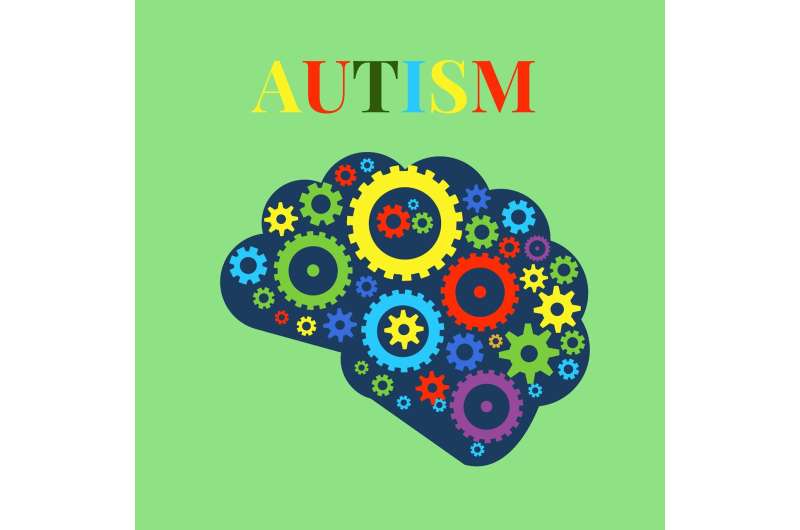
I received a complimentary copy of this book from Reedsy Discovery. I voluntarily chose to read and post an honest review.
What is ASD (autism spectrum disorder)? As the author said quite eloquently, “autism” is more than just a label we can assign to people. It is a framework that can guide us through raising these individuals to become the best versions of themselves.
Even though the first diagnosis occurred in 1943 by Leo Kanner, a psychiatrist, we still have much to understand about the condition. What doctors look for are common tell-tell signs or indicators on the “spectrum”: repetitive behavioral patterns and hyperfocus on interests or activities. The writer breaks down the three levels, which tell us more than just a child’s level of proximity to either end of the spectrum: from functioning independently to those who require assistance with everyday tasks.
What I learned that fascinated me was more kids are being misdiagnosed with ASD. On the flip side, many kids never get diagnosed with it and should have so they can get proper care. I was also amazed by the number of famous people believed to have autism, such as Jerry Seinfeld (actor and comedian) and Elon Musk. It just shows that sometimes you never know who has autism and who doesn’t. One thing is apparent: you can’t look at a newborn and know they will have ASD or not. However, as a child grows, there are signs that you should be on the lookout for and share with your doctor. Bev A. Lanier (the author) discusses these in Chapter Two: “What to Look For,” alongside possible causes, preparing for evaluation, and what should you expect. I would advise reading this area carefully and possibly more than once. It’s a lot of information to absorb in one sitting.
As I said earlier, Bev A. Lanier mentions different levels on the autism spectrum. As you read chapter three, you’ll get valuable intel on the lowest level, formerly known as Asperger’s, to level three, where an individual will require substantial support. No matter what “level” you or your loved one lands on, getting a diagnosis from a trained professional, the initial point of treatment, is important, as stated in Chapter 4. Remember, each person is different, so “treatments” must be catered to your or your child’s mind and body. Speech therapy, physical therapy, occupational medicine, non-invasive activities, and meds are tools you must utilize to bring out the best versions of your autistic child. With all that in mind, treatments will change as your child grows older and becomes more independent. I want to note there is more to this subject matter; I am merely touching the tip of the iceberg regarding the information presented.
As you move into Chapter Five, we get a closer look at the brain and how the spectrum shapes it. Okay, this section brings me back to my school days. Lots of science information that I can see people glossing over. I imagine the average person will focus more on treatment options, resources, or the mini stories between each chapter. Bev made a wise choice including the heartwarming tales. Just hearing your child has ASD can strike fear in any parent’s heart, but these stories give glimmers of hope to many parents. Hope that one day their own child will be thriving like David, Sofia, Liam, and the other kids.
There are challenges with having ASD or taking care of someone with ASD. As the author pointed out, it affects language, reaction to stimuli, social interactions, behavior, and how we manage tasks. Parents, as overwhelmed as you might feel, remember you are not alone, and all your feelings regarding the diagnosis are normal. Take the writer’s advice and set time aside for yourself. Do something that you enjoy. Join a support group. Remember, we all need help now and then, so never be afraid to ask for some!
Heart Rating System:
1 (lowest) and 5 (highest)
Score:
Meet the Author

As a neurodivergent mom of three neurodivergent children, I am on a journey of understanding, advocacy, and empowerment. My life has been shaped by the diverse neurodiversity in my family, and I am passionate about sharing my knowledge and experiences with others. Through my writing, I aim to provide support, guidance, and a sense of community to fellow parents and individuals who are navigating the neurodiverse landscape. Together, we can embrace and celebrate the unique strengths and perspectives that neurodiversity brings to our lives.
![]()


